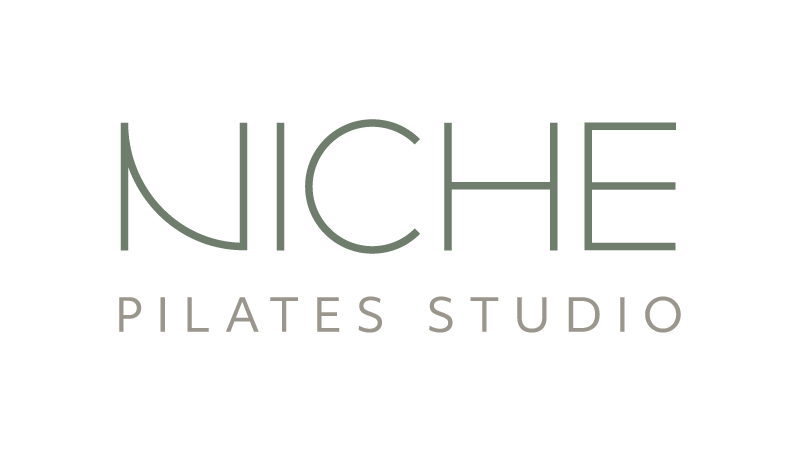The Essence of Pilates: Achieving Fluidity for Mind-Body Harmony
In the world of fitness and well-being, Pilates stands out as a unique practice that goes beyond the conventional notions of exercise. At its core, Pilates is not just a series of movements; it is an art form that seeks to seamlessly blend foundational principles to unlock a harmonious connection between the mind and body. The ultimate objective? Attaining fluidity—a state where breath, alignment, form, control, connection, and fluidity converge to create movements that radiate a sense of effortlessness.
Pilates, as a discipline, is more than the sum of its parts. It is about the meticulous integration of key principles, each playing a crucial role in the pursuit of fluidity. These foundational principles include breath, alignment, form, control, connection, and fluidity. The magic happens when these elements come together, creating a symphony of movement that is not only physically beneficial but also mentally and emotionally transformative.
One of the cornerstones of Pilates is conscious breathing. The art of synchronizing breath with movement is a central tenet, providing a steady rhythm that guides practitioners through each exercise. Deep, intentional breaths not only oxygenate the body but also serve as a vehicle for mindfulness, enhancing the mind-body connection.
Achieving fluidity in Pilates requires a keen focus on alignment and form. Proper alignment ensures that the body is positioned optimally, minimizing strain on joints and muscles. Form, on the other hand, emphasizes precision in movement, fostering controlled and purposeful actions. Together, alignment and form create a stable foundation for the seamless flow of Pilates exercises.
Central to Pilates is the concept of control—every movement is deliberate and intentional. This emphasis on control cultivates a heightened awareness of the body's capabilities and limitations. Simultaneously, connection refers to the integration of various muscle groups, fostering a holistic engagement that enhances overall strength and flexibility.
As practitioners progress in their Pilates journey, the mastery of these principles paves the way for the ultimate goal: fluidity. This state is characterized by movements that appear effortless, as if the body is moving with a natural grace. Fluidity is not just about physical prowess; it signifies a profound connection between mind and body, a synergy that transforms Pilates from a mere exercise routine into a mindful and transformative practice.
The pursuit of fluidity in Pilates extends beyond the physical. It becomes a journey towards holistic well-being, where the benefits ripple into every aspect of life. The practitioner not only builds strength and flexibility but also cultivates mental clarity, emotional balance, and a sense of overall well-being.
In essence, Pilates is not just about the exercises; it is about the artful integration of principles that lead to the sublime state of fluidity. It is a practice that transcends the physical, offering a pathway to harmonize the mind and body. As individuals embark on their Pilates journey, they discover not only the power of movement but also the profound connection that comes from achieving true fluidity—a state where the essence of Pilates truly shines.

